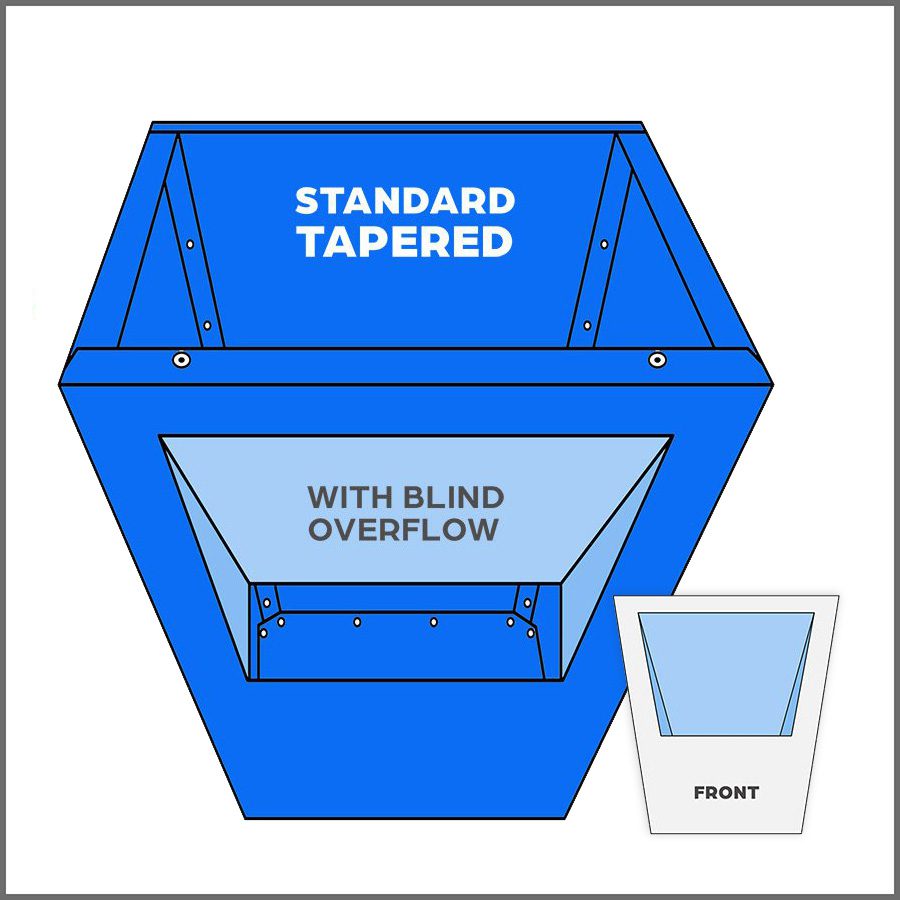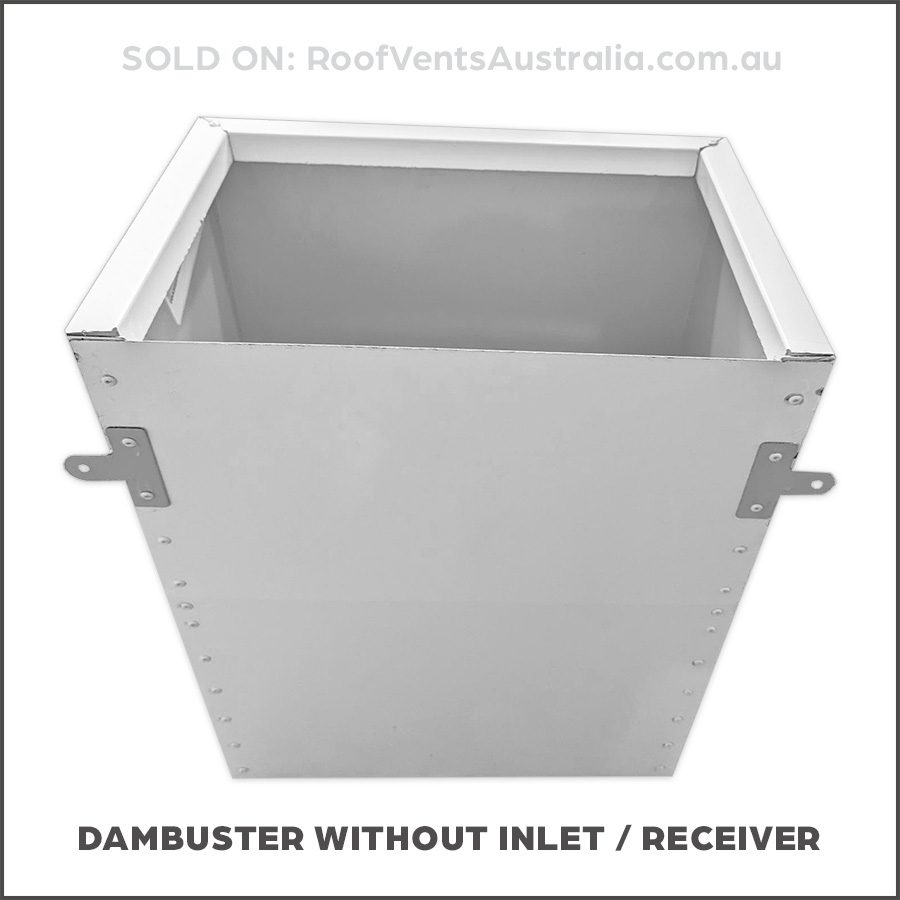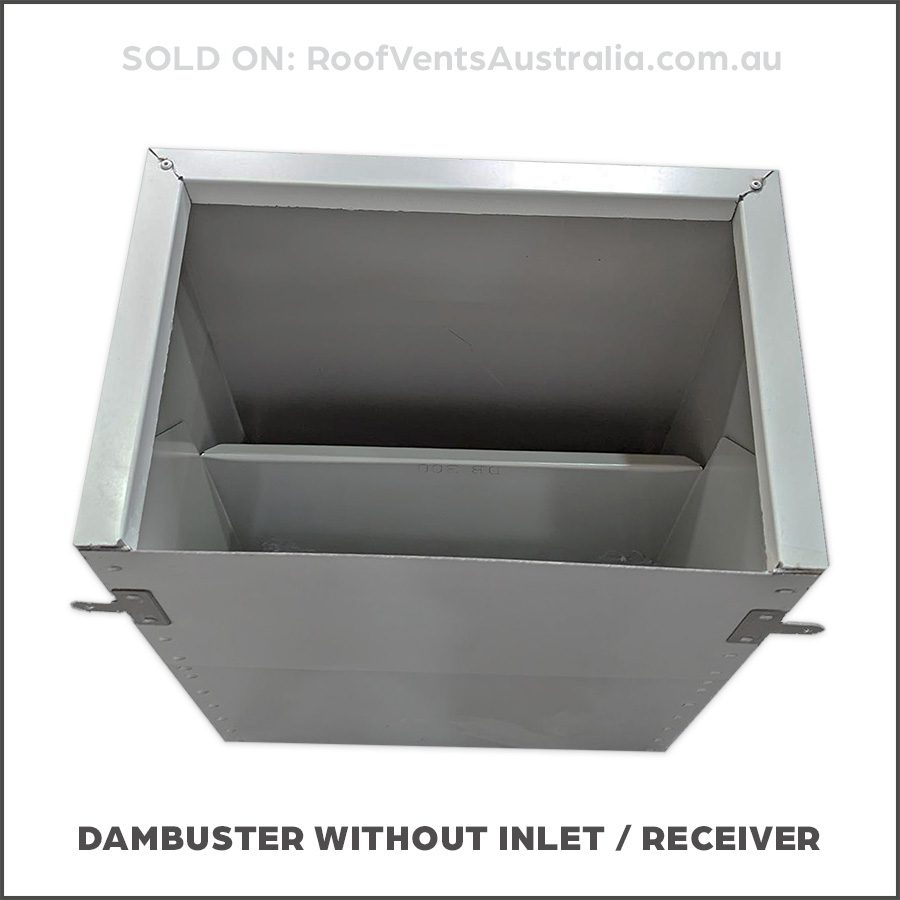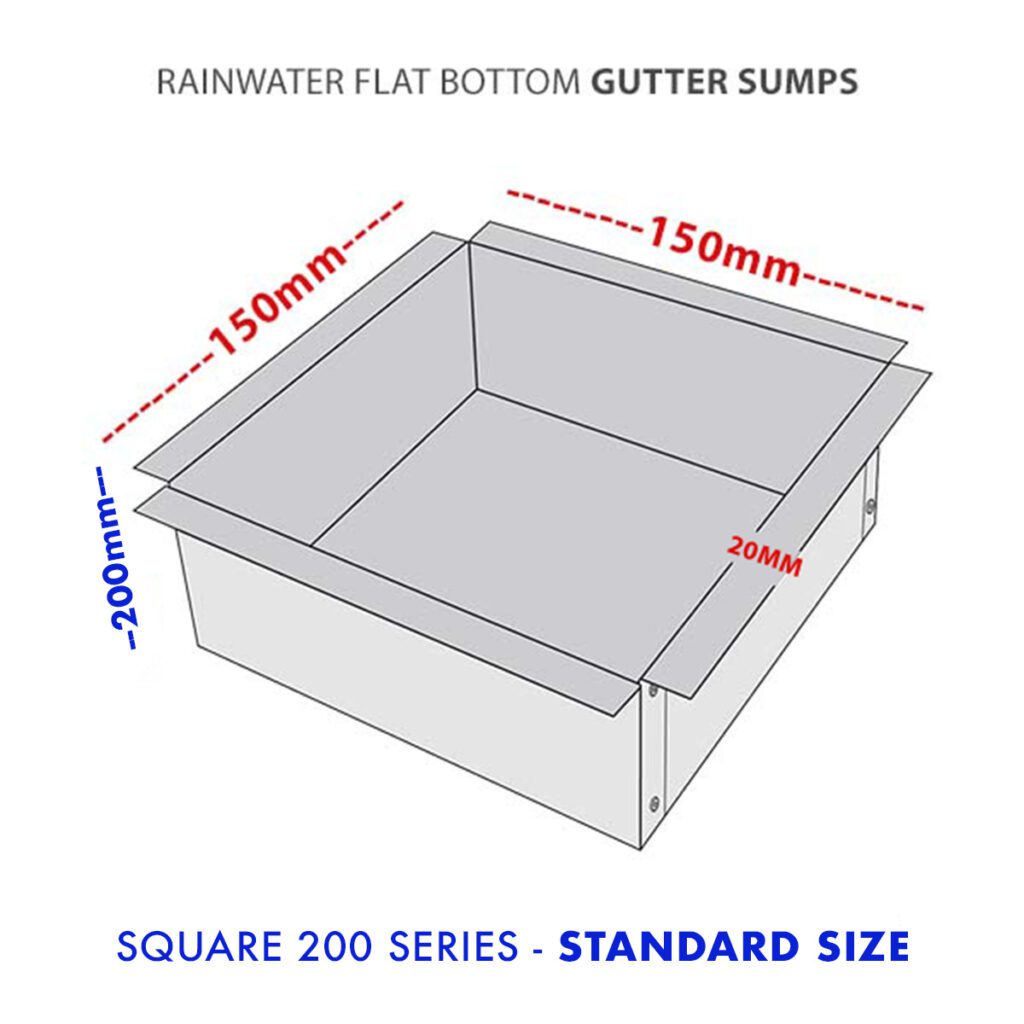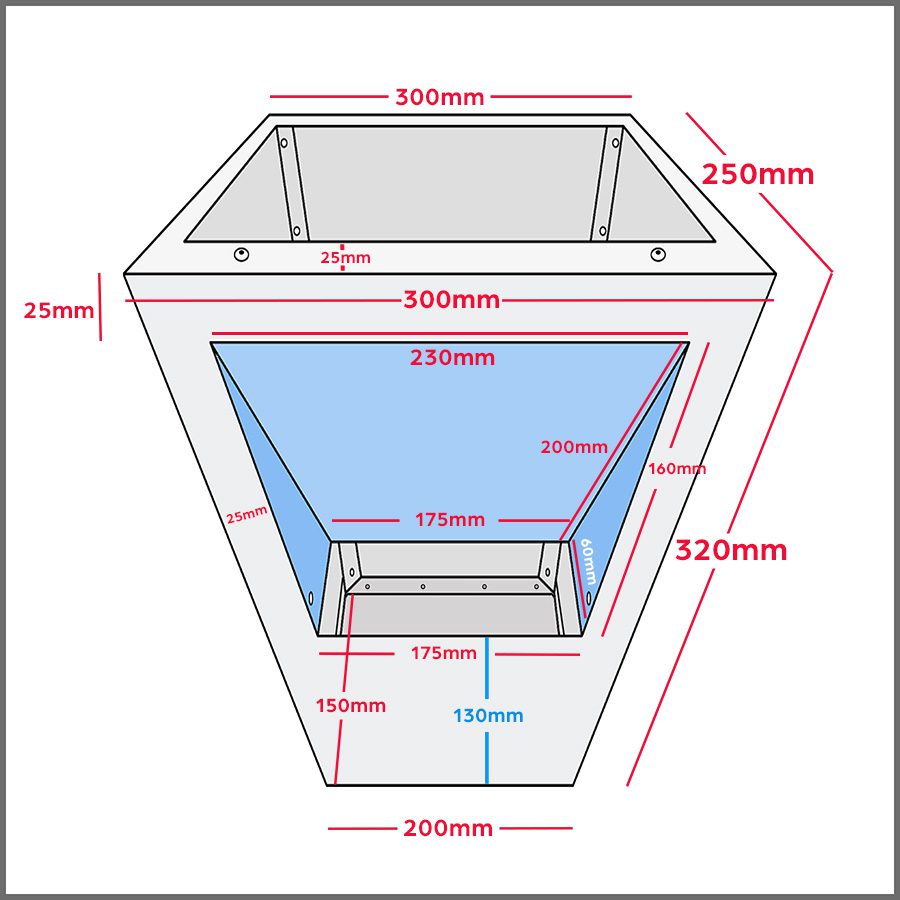Buy Now Rainheads, Sumps, and Roof Drainage & Ventilation Shipped Free in Australia
Rainheads wtih Overflow – Buy Now Shipped Free Australia Wide >
Dambuster Rainheads Buy Now – Shipped Free Austrlia Wide >
Rainheads – Buy Now Shipped Free Australia Wide >
When it comes to managing rainwater in Australia, a variety of plumbing components come into play, from rainwater heads and sumps to rain barrels and rain catchers. This article will dive into these components, their purposes, installation tips, and best practices, answering frequently asked questions about roof plumbing, rainwater management, and water conservation. Let’s explore the essential elements of Australian roof plumbing.
What is a Rainwater Head?
A rainwater head, also known as a rainhead, is a roof plumbing component designed to capture and direct rainwater from the roof into the downpipes and drainage system. It acts as a catchment for water flowing off the roof and helps manage the flow of water into the drainage system, reducing the risk of blockages and overflows. Rainwater heads are typically installed at the end of a box gutter or at the top of a downpipe to capture large volumes of water.
How Do You Install a Rainwater Head?
Installing a rainwater head involves several steps:
- Determine the Location: Choose an appropriate location for the rainwater head, typically at the end of a box gutter or near the roof’s edge.
- Secure the Mounting Brackets: Install brackets or supports to secure the rainwater head. Ensure they are strong enough to hold the rainwater head’s weight when full of water.
- Attach the Rainwater Head: Connect the rainwater head to the mounting brackets and ensure it’s level.
- Connect to Downpipes: Attach the rainwater head to the downpipes, ensuring a secure and watertight connection.
- Test for Leaks: Once installed, test the system with a water flow to check for leaks and ensure proper drainage.
What is the Difference Between a Sump and a Rainhead?
A sump is a component used in roof plumbing to collect water and direct it to a drainage system, typically in conjunction with box gutters. It’s installed at the lowest point in the gutter to ensure water flows towards it for collection. A rainwater head, on the other hand, is designed to capture and redirect rainwater from the roof, often acting as a transition point between the box gutter and downpipe. The main difference is that a rainwater head is typically more decorative and used above-ground, while a sump is used for underground drainage.
What Are the Rules for Rainhead Overflow?
In Australia, rainwater heads must have provisions for overflow to prevent water from backing up and causing damage. The Australian Standard AS3500 outlines the requirements for roof drainage, including the need for overflow outlets on rainwater heads. These outlets should be positioned to allow water to escape if the primary drainage system is blocked or overwhelmed. This prevents water from overflowing into the building or damaging the roof structure.
Why Should You Get a Rain Barrel?
Rain barrels are containers designed to collect and store rainwater for later use. They are an eco-friendly way to conserve water and reduce reliance on mains water for gardening and other outdoor activities. Rain barrels are particularly useful in regions with water restrictions or limited rainfall.
How Do You Use a Rain Barrel in a Garden?
To use a rain barrel in a garden, connect it to your downpipe using a rain diverter or other plumbing fittings. Once the rain barrel is filled with rainwater, you can use the water for various garden tasks, such as watering plants, filling ponds, or washing garden tools. Ensure the rain barrel is raised to allow for gravity-fed water flow.
What Are the Disadvantages of a Rain Barrel?
While rain barrels offer many benefits, they have some disadvantages:
- Limited Capacity: Rain barrels have a limited capacity, which may not be sufficient for all your water needs.
- Algae Growth: Stagnant water in rain barrels can encourage algae growth if not properly maintained.
- Mosquito Breeding: If not covered or treated, rain barrels can attract mosquitoes.
- Maintenance: Rain barrels require regular cleaning and maintenance to prevent blockages and contamination.
Do Rain Barrels Need to be Raised?
Raising a rain barrel is recommended to allow for gravity-fed water flow. By elevating the rain barrel, you can increase water pressure, making it easier to use the water for various tasks. It also helps prevent backflow into the downpipe.
What is the Advice for a Rain Barrel?
To ensure your rain barrel works efficiently, consider the following tips:
- Cover the Barrel: Use a secure lid to prevent debris and insects from entering.
- Install a Spigot: A spigot makes it easier to access the stored rainwater.
- Clean Regularly: Clean the rain barrel periodically to prevent algae growth and blockages.
- Use a Diverter: A rain diverter can help control the flow of water into the barrel.
- Position Properly: Place the rain barrel near the downpipe and ensure it’s raised for better water flow.
Where is the Best Place to Put a Rain Barrel?
The best place to put a rain barrel is near a downpipe or rainwater head where water flows from the roof. Ensure the location is stable and elevated to allow for proper drainage. Additionally, choose a spot that provides easy access to the garden or other areas where you’ll use the stored rainwater.
What is the Lifespan of a Rain Barrel?
The lifespan of a rain barrel depends on the material, construction quality, and maintenance. Plastic rain barrels can last 10-20 years with proper care, while metal or wooden rain barrels may have a shorter lifespan due to rust or rot. Regular cleaning and protection from harsh weather conditions can extend the rain barrel’s lifespan.
Should You Treat Water in a Rain Barrel?
Treating water in a rain barrel is recommended if you plan to use it for purposes other than gardening, such as washing or drinking. Treatment options include filtration, UV sterilization, or chemical treatments to remove contaminants and pathogens. For gardening, rain barrel water doesn’t usually require treatment, but it’s crucial to avoid stagnation and contamination.
Can I Drain My Sump Pump into a Rain Barrel?
Draining a sump pump into a rain barrel is not advisable. Sump pumps are designed to manage groundwater and may contain contaminants or debris. Using this water for gardening or other purposes could be hazardous. Rain barrels should only collect clean rainwater from the roof or gutters.
What is a Rainwater Catcher Called?
A rainwater catcher is generally referred to as a rain diverter, rainwater collector, or rainwater harvesting system. These devices are designed to capture and direct rainwater into storage containers, such as rain barrels or tanks.
Why Do Box Gutters Need Sumps?
Box gutters need sumps to collect rainwater and direct it to the drainage system. Sumps are typically installed at the lowest point in the box gutter to ensure proper water flow and prevent pooling or overflow. They play a crucial role in managing large volumes of water during heavy rainfalls.
What Height Should a Rainhead Be?
The height of a rainhead depends on the specific installation requirements and the structure’s design. Generally, rainheads should be installed at a height that allows for proper drainage into the downpipes. They should be positioned above the roof line to ensure gravity-fed water flow and minimize the risk of blockages.
What is the Australian Standard for Gutters?
The Australian Standard for gutters is AS3500, which outlines the requirements for roof drainage systems, including gutter design, installation, and maintenance. The standard specifies minimum gutter sizes, fall angles, overflow provisions, and other critical factors to ensure safe and effective roof drainage.
Why Must Provision Be Made for Overflow in a Rainwater Head?
Provision for overflow in a rainwater head is crucial to prevent water damage to the roof structure and building interior. Overflow outlets allow excess water to escape safely if the primary drainage system becomes blocked or overwhelmed during heavy rainfall. This reduces the risk of flooding and structural damage.
What is a Rainhead Sump?
A rainhead sump is a component that combines the features of a rainwater head and a sump. It acts as a collection point for rainwater, typically at the end of a box gutter, and directs the water to the downpipes and drainage system. The sump feature allows for additional drainage capacity and reduces the risk of blockages or overflows.
Can I Use a Sump Pump for My Waterfall?
Using a sump pump for a waterfall is generally not recommended. Sump pumps are designed for groundwater management and may not provide consistent water flow or pressure for a waterfall feature. Additionally, sump pumps may contain contaminants that could harm the waterfall’s aesthetics or ecosystem. A dedicated water pump designed for waterfalls is a better option.
Do I Need a Rain Diverter?
A rain diverter is useful for directing rainwater into storage containers like rain barrels or tanks. If you want to collect rainwater for gardening or other outdoor uses, a rain diverter can help control the flow of water and prevent overflow. It’s a simple and effective way to harvest rainwater without major plumbing modifications.
How Do Rain Catchers Work?
Rain catchers work by capturing rainwater from roofs or gutters and directing it into storage containers or drainage systems. They typically involve rain diverters, rainwater heads, or downpipes to collect and transport rainwater. Rain catchers help manage rainwater effectively, reducing runoff and promoting water conservation.
How Does a Box Gutter Work?
A box gutter is a type of gutter with a rectangular or square profile. It’s designed to collect rainwater from large roof areas and direct it to the drainage system. Box gutters are commonly used in commercial and industrial buildings due to their high capacity and robust design. They often include sumps to ensure proper water flow and prevent pooling or overflow.

